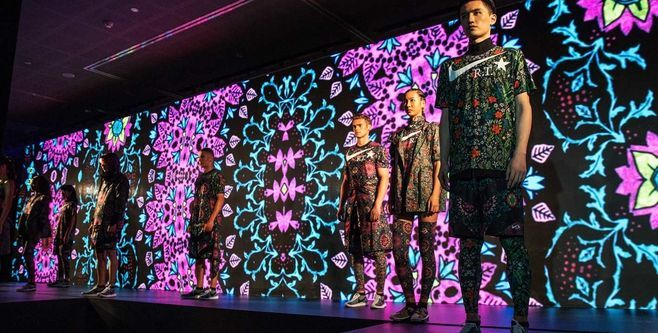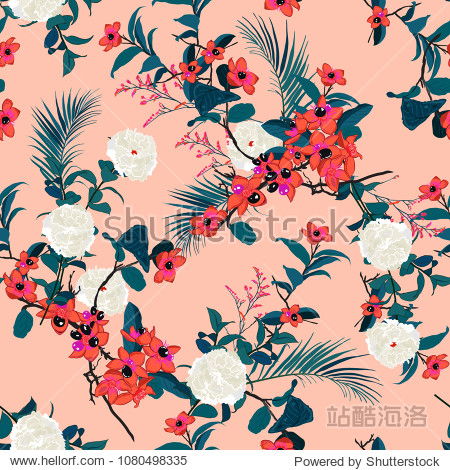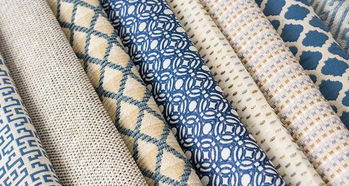The Art of Medical Textiles:Preparing for the Future
Medical textiles have become an integral part of modern healthcare, providing comfort and protection for patients while also enhancing the efficiency of medical procedures. As technology continues to advance, it is essential that medical textiles are designed with sustainability in mind. This paper discusses the importance of incorporating eco-friendly materials into the production process of medical textiles, as well as exploring the potential benefits of using recycled or sustainable materials. The discussion will also include strategies for reducing waste and minimizing environmental impact during the entire lifecycle of these products. Finally, the paper will explore the future of medical textiles, focusing on innovations and advancements that will shape the industry's approach towards sustainability and environmental responsibility.
Introduction: Medical textiles are an essential part of modern healthcare, providing comfort, support, and protection for patients in hospitals, clinics, and even at home. From surgical gowns to hospital bedspreads, these materials play a critical role in ensuring patient safety and comfort during medical procedures and recovery periods. In this article, we will explore the various aspects of medical textile preparation, including their design, manufacturing processes, and innovative applications.
Design and Manufacturing: The success of medical textiles depends on their ability to meet specific needs and requirements. Designers must consider factors such as material properties, fit, comfort, and hygiene when creating new textiles. For example, a hospital gown should be lightweight, breathable, and easy to launder. Similarly, a surgical gown should be impervious to fluids and bacteria to prevent cross-infection.
Manufacturing processes vary depending on the type of medical textile. Some common methods include knitting, sewing, and weaving. Knitting is commonly used for producing sweaters, socks, and other soft fabrics, while sewing is used for creating uniforms, scrubs, and other hard-wearing garments. Weaving is employed for making bedsheets, towels, and other woven textiles.
Innovations and Advances: As technology continues to advance, medical textiles are becoming more sophisticated and efficient. For example, smart textiles that can monitor patient temperature or moisture levels are being developed. Additionally, biodegradable textiles made from renewable resources are gaining popularity due to concerns about environmental impact.
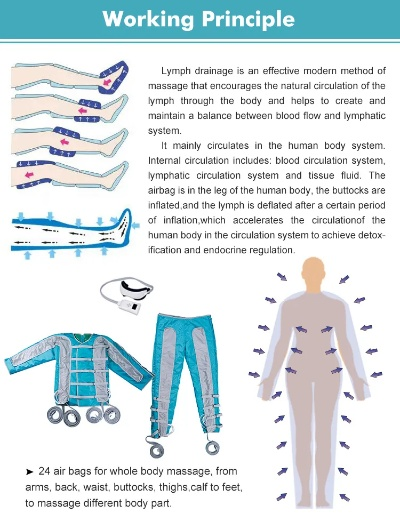
Case Study: One notable example of innovative medical textiles is the development of antimicrobial fabrics. These fabrics have been engineered to resist bacterial growth and reduce the risk of infection. For instance, a study published in the Journal of Antimicrobial Chemotherapy found that a fabric with a silver nanoparticle coating was significantly more effective at inhibiting the growth of Escherichia coli (E. coli) compared to traditional antimicrobial treatments.
Conclusion: Medical textiles play a vital role in today's healthcare system, and their continued innovation and improvement are crucial for meeting the ever-changing needs of patients. By understanding the design and manufacturing process, as well as exploring emerging technologies and applications, we can ensure that medical textiles continue to provide the best possible care for our patients.
随着医疗技术的不断进步,医用纺织品作为医疗领域的重要组成部分,其制备工艺和技术水平直接影响着医疗质量和患者的舒适度,本文将围绕医用纺织品的制备工艺、技术特点以及案例分析展开讨论。
医用纺织品制备工艺
原料选择
医用纺织品的主要原料包括棉、涤纶、丝绸等天然纤维和合成纤维,在选择原料时,需要考虑其吸湿性、透气性、柔软性、耐磨性等因素,还需要注意原料的环保性,确保产品符合国家相关标准。
纺丝技术
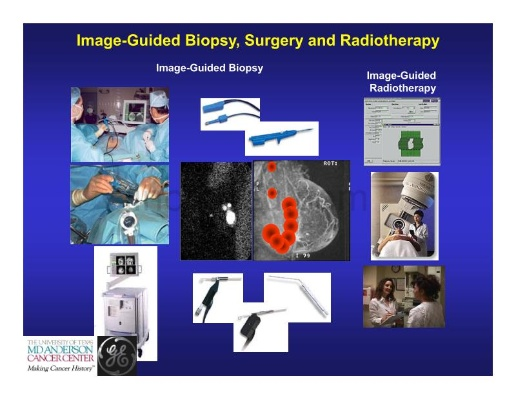
纺丝技术是医用纺织品制备的关键工艺之一,常见的纺丝技术包括连续纺丝、间歇纺丝等,连续纺丝技术可以生产出高质量、高规格的医用纺织品,具有较高的生产效率和产品质量稳定性。
织造工艺
织造工艺是医用纺织品制备的重要环节,织造工艺包括针织、梭织等,可以根据不同的用途和设计要求进行定制,在织造过程中,还需要注意控制织物的密度、厚度、弹性等因素,以确保产品的使用性能。
医用纺织品技术特点
舒适性
医用纺织品需要具备优良的吸湿性、透气性和柔软性,以适应不同患者的需求,还需要考虑产品的耐用性和抗皱性,以确保产品的使用寿命。
安全性
医用纺织品需要符合国家相关标准,确保产品的安全性和有效性,还需要注意产品的环保性,减少对人体和环境的影响。
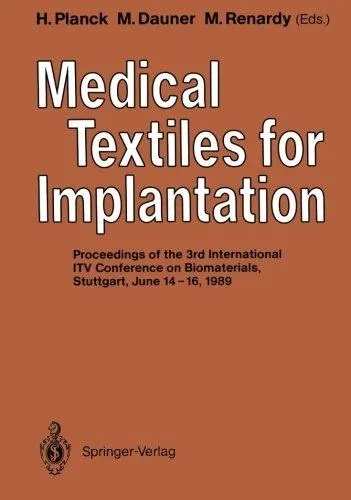
案例分析
天然纤维医用纺织品制备工艺
某医院采用天然纤维制备医用纺织品,主要原料为棉和麻,该医院采用了连续纺丝技术,生产出了具有优良吸湿性、透气性和柔软性的医用纺织品,该医院还注重产品的环保性,采用了环保染料和工艺,确保产品的可持续使用。
合成纤维医用纺织品制备工艺
某医院采用合成纤维制备医用纺织品,主要原料为涤纶和锦纶,该医院采用了先进的纺丝技术和织造工艺,生产出了高质量、高规格的医用纺织品,该医院还注重产品的舒适性和耐用性,采用了特殊的面料设计和工艺,以满足不同患者的需求。
医用纺织品的制备工艺和技术水平直接影响着医疗质量和患者的舒适度,在制备过程中,需要注重原料选择、纺丝技术、织造工艺等多个环节,以确保产品的优良性能和安全性,还需要注重产品的环保性,推动医疗行业的可持续发展,在案例分析中,我们可以看到不同原料和工艺的应用效果和优势,为今后的医用纺织品制备提供参考和借鉴。
Articles related to the knowledge points of this article:
Eco-friendly Textiles:A Comprehensive Guide to Effective Energy Conservation
The Global Fabrics of Innovation:An Interview with Guo Fan Textiles
